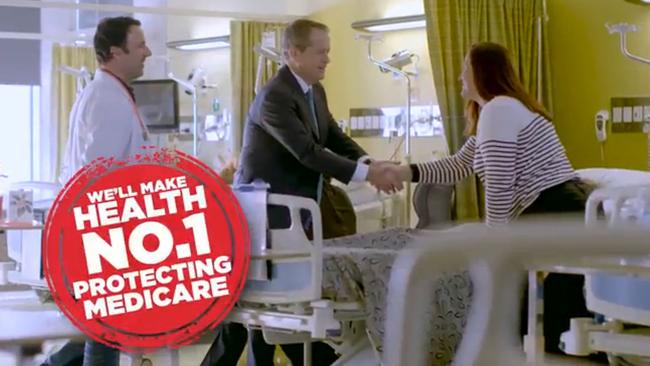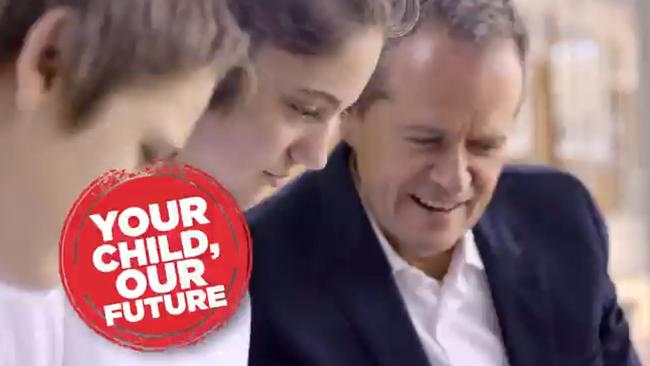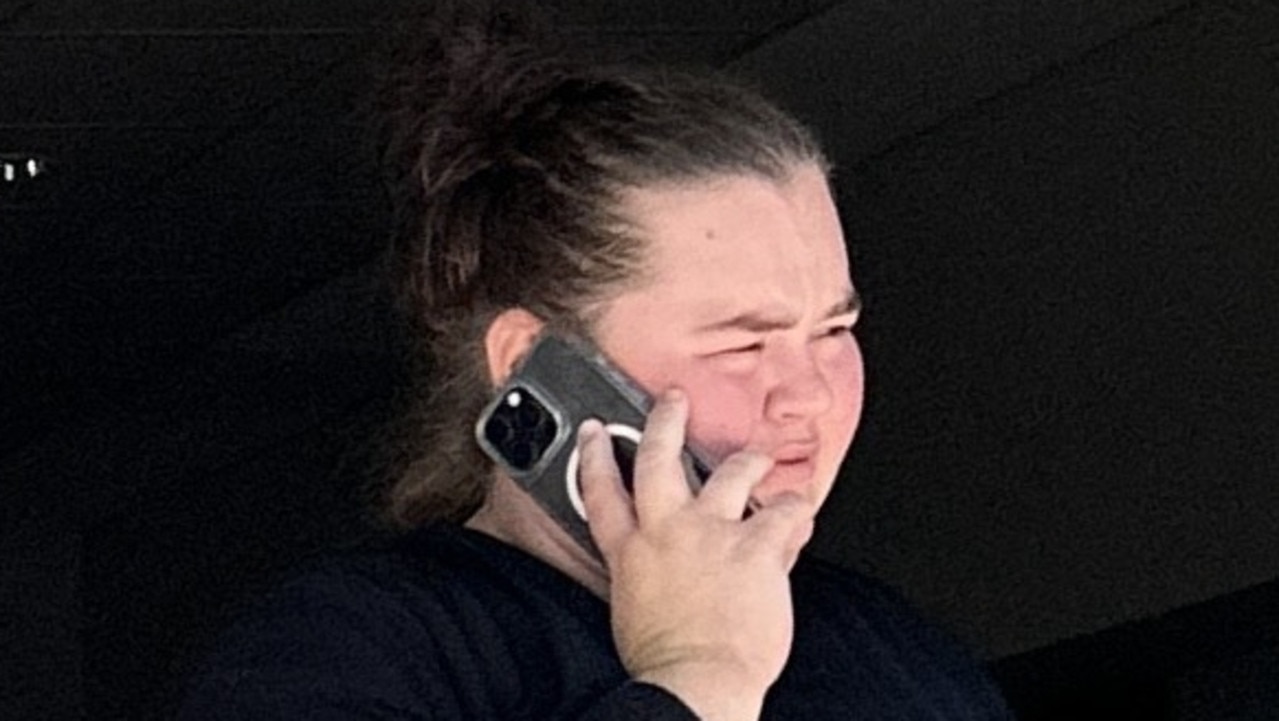Federal election 2016: Estimated $100 million to be dropped on political ads
AN estimated $100 million will be spent on political advertising during the 55-day federal election campaign, showing there’s already one clear winner — ad agencies.

NSW
Don't miss out on the headlines from NSW. Followed categories will be added to My News.
WITH an “insane” $100 million expected to be spent on political advertising during the gruelling 55-day federal election campaign, there is already one clear winner — the ad agencies.
The mud-slinging marathon began yesterday as the two major parties launched their first campaign ads, with Labor’s 30-second “100 positive policies” commercial airing as Opposition Leader Bill Shorten appeared on Seven’s Sunrise show.
Prime time viewers were also shown Labor’s ad, with Mr Shorten promising to keep weekend penalty rates, force multinational companies to pay their “fair share of tax”, protect Medicare and ensure school kids get more individual attention.

The Liberals revealed their first campaign ads just minutes after Mr Turnbull formally announced the election.
The Prime Minister appeared in three commercials, urging voters to back the party’s plan for a “strong new economy” and support the reinstatement of the Australian Building and Construction Commission to “clean up illegal union” rorts.
Labor will frame its central campaign message around education, hospitals and the argument that it is best placed to help middle and working class Australians.
The Liberals key message will centre on the claim that it is best placed to grow the economy and transition from the mining boom and jobs in science and technology.
Both parties are expected to spend up to $70 million on campaign advertising, with television, radio, newspapers and social media the focus.
Advertisements by minor parties and interest groups will take the overall spend to about $100 million, said Australian National University’s Dr Andrew Hughes.
“It’s absolutely insane when you think what you could do with that sort of cash,” he added.
Both parties are certain to use highly-personal, negative attack ads, especially on social media.
But Dr Hughes said positive ads work better and are more likely to hold voters’ attention.
Social media will play a key role in reaching younger voters — with an increasing number watching ad-free pay television services.
University of Melbourne’s Lauren Rosewarne said: “Given that people are increasingly likely to watch downloaded materials and pay television, it’s becoming ever easier to avoid televised commercials altogether.
“This puts burden on parties to find alternate ways to target different groups and ideally produce commercials clever enough that people will actively want to circulate themselves.”


